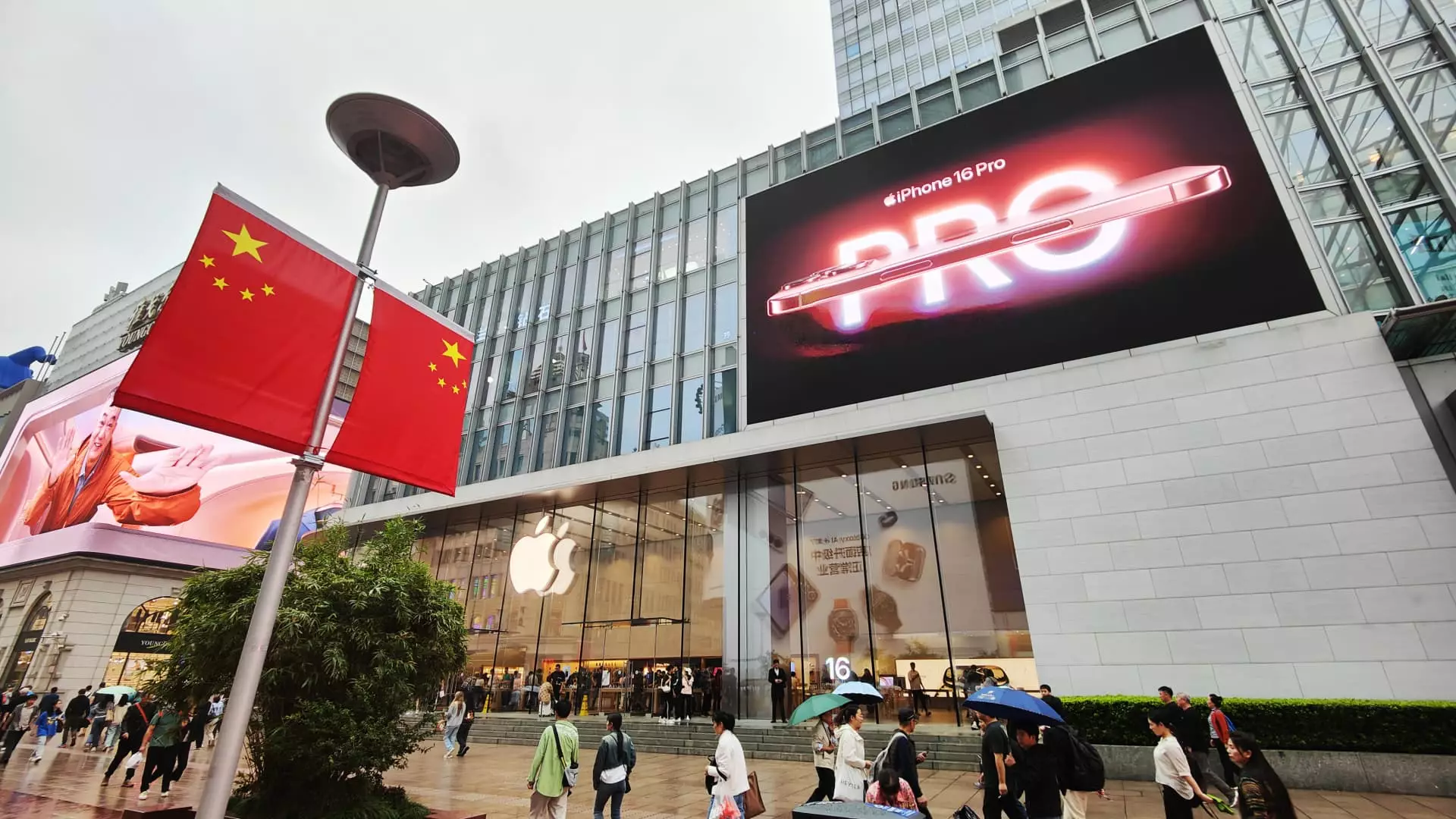Recent data reveals a concerning trend for international smartphone brands in China, particularly evident in the numbers from November. According to calculations based on the China Academy of Information and Communications Technology (CAICT), foreign mobile phone shipments plummeted to 3.04 million units, reflecting a staggering 47.4% decrease compared to November 2022. This decline is not an isolated incident; compared to October 2022, shipments have dropped sharply by 51%. This data signifies a critical juncture for companies like Apple, which dominate the foreign segment of the Chinese smartphone market.
Apple has long been the leading international smartphone vendor in China. However, the landscape is shifting dramatically as domestic competitors grow more formidable. While exact figures on individual brand sales from CAICT remain undisclosed, it’s apparent that Apple has experienced significant competitive pressure. Brands like Huawei, previously hindered by U.S. sanctions, are now witnessing a resurgence. Huawei has launched a series of high-end smartphones that have resonated well with local consumers, leaving Apple to navigate a challenging competitive landscape where it seems to be increasingly outmatched.
Huawei’s remarkable recovery highlights the pivotal role of local innovation and consumer preference within the burgeoning Chinese market. The company’s recent product launches, which boast advanced technology and appealing designs, have attracted attention away from international brands.
In a recent report from IDC, it was shown that Huawei’s growth trajectory in the smartphone sector has outstripped that of Apple over the past year. This notable shift emphasizes the need for Apple to not only innovate but also to understand and cater effectively to the preferences of the Chinese consumer. The integration of AI features is crucial here, especially as domestic rivals are rapidly capitalizing on this trend.
Despite these mounting challenges, Apple is attempting to rekindle its prior success with the introduction of the iPhone 16 series, launched in September 2023. The device promises cutting-edge AI features via its Apple Intelligence software, which Apple hopes will enhance consumer interest. However, the procedural complexities surrounding AI regulation in China have delayed the rollout of these features, leaving a gap that local brands are quick to fill.
CEO Tim Cook’s repeated visits to China illustrate the strategic significance of the Chinese market for Apple. These trips aim to strengthen partnerships with domestic firms, particularly in leveraging Apple Intelligence to create a more competitive offering. Additionally, to stimulate sales during the Chinese New Year, Apple is introducing promotional discounts for the iPhone 16, indicating a recognition of the urgency to sustain market share.
As the world’s largest smartphone market, China presents both a wealth of opportunities and formidable challenges for foreign brands. Apple, while still a key player, must navigate an intricate landscape marked by rising homegrown competitors like Huawei. With shifting consumer preferences and immediate strategic adjustments needed, the next phase for Apple will be critical in determining its future success within China. The company’s ability to innovate while staying relevant to local consumers could very well dictate whether it can reclaim its former glory in this profitable yet competitive arena.

